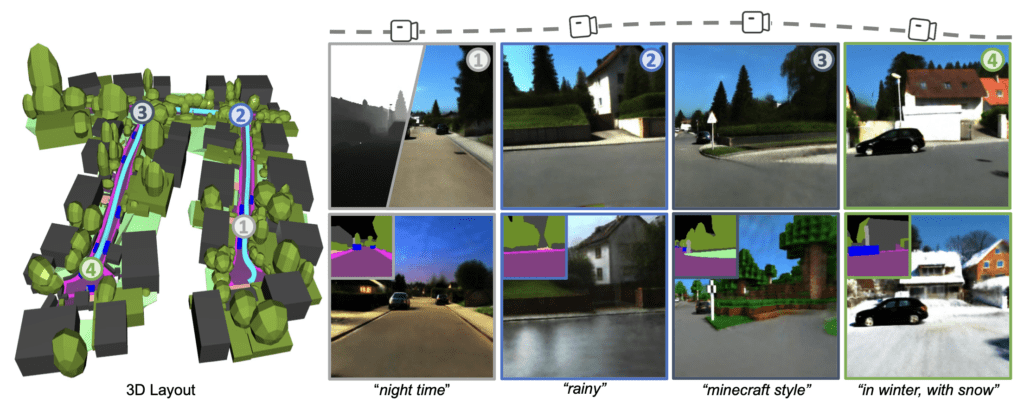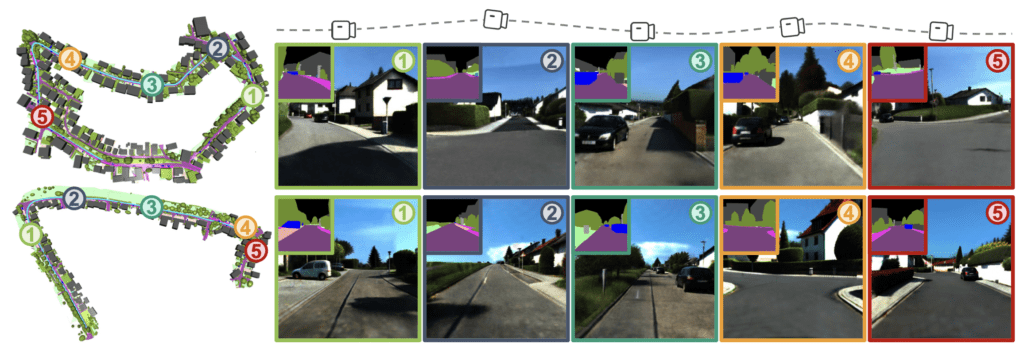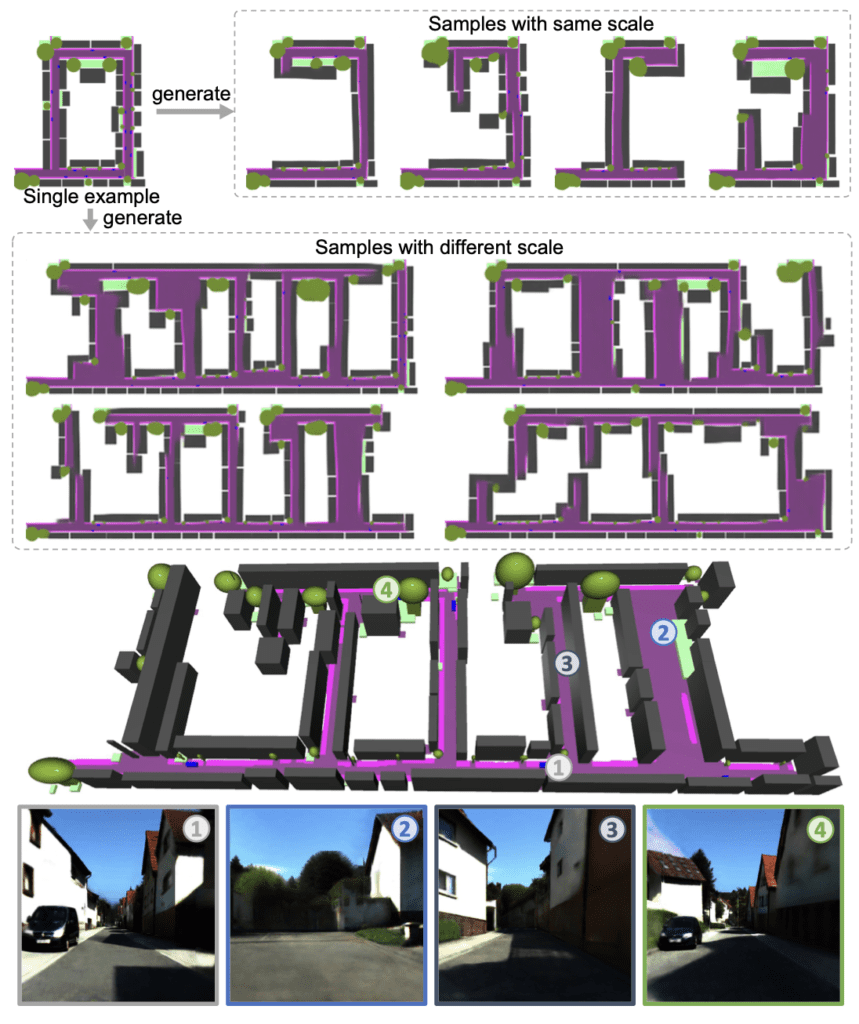Bridging Text and Urban Scale 3D Modeling through Innovative AI Techniques
- Introduction of Compositional 3D Layouts: Urban Architect integrates a novel 3D layout representation into the text-to-3D paradigm, utilizing semantic primitives to enhance model optimization and enable scalable urban scene generation.
- Layout-Guided Variational Score Distillation: This technique conditions the score distillation process with geometric and semantic constraints, overcoming traditional optimization challenges and improving the fidelity of generated urban landscapes.
- Scalable Hash Grid for Unbounded Scenes: To accommodate the vast scale of urban environments, Urban Architect employs a scalable hash grid structure, allowing for the incremental expansion of scene generation to cover extensive urban areas.

The realm of spatial AI has taken a significant leap forward with the introduction of Urban Architect, a groundbreaking method for generating 3D urban scenes directly from textual descriptions. This innovative approach tackles the inherent complexities of urban scale modeling, marked by intricate arrangements and vast landscapes, by infusing a compositional 3D layout representation as an additional prior alongside textual inputs.
Revolutionizing Urban Scene Generation
Urban Architect stands out by addressing the critical challenge of interpretability in text-to-3D conversions for large-scale urban environments. By incorporating a set of semantic primitives that define simple geometric structures and explicit arrangement relationships, the system provides a robust foundation for generating detailed urban scenes that are not only visually compelling but also structurally coherent.

Overcoming Optimization Challenges
The introduction of Layout-Guided Variational Score Distillation (LG-VSD) marks a significant advancement in the field. This technique leverages the geometric and semantic information embedded in the 3D layouts to guide the score distillation process, ensuring that the generated scenes adhere to the constraints and relationships defined by the urban layout. This results in higher-quality scene generation that faithfully represents the intended urban landscapes.
Addressing the Scale of Urban Environments
One of the most daunting aspects of urban scene generation is the sheer scale of the environments in question. Urban Architect tackles this challenge head-on with its scalable hash grid structure, which adapts dynamically to the expanding scope of urban scenes. This flexibility enables the system to generate expansive urban areas, covering driving distances of over 1000 meters, a feat previously unattainable in the text-to-3D domain.

Empowering Creative Urban Design
Beyond its technical prowess, Urban Architect opens up new avenues for creative urban design. The system supports a wide array of scene editing capabilities, from instance-level modifications to comprehensive style edits, allowing designers to iterate and experiment with urban layouts and aesthetics seamlessly.
Future Directions and Sustainable Development
While Urban Architect represents a significant breakthrough, the quest for pixel-level control over generated scenes remains a challenge for future research. Moreover, as we venture further into the integration of AI in urban planning and design, it’s crucial to maintain a balance between technological innovation and sustainable development, ensuring that our cities evolve in harmony with both our societal needs and environmental considerations.
Urban Architect ushers in a new era of urban planning and design, where textual descriptions can give rise to complex, scalable 3D urban scenes. This fusion of AI and urban design not only enhances the capabilities of architects and planners but also invites a broader discussion on the future of sustainable and technologically integrated urban environments.
